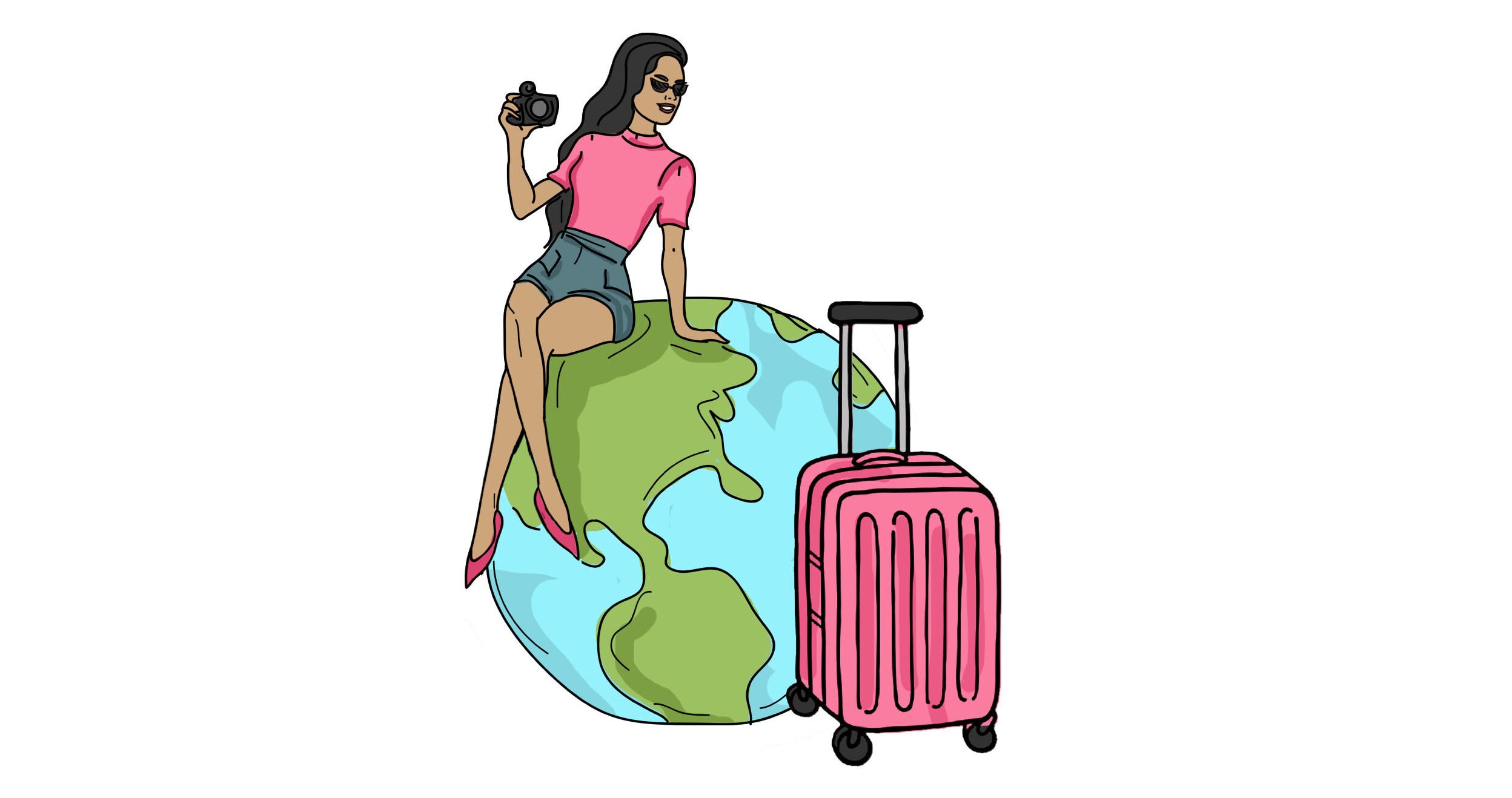10 Road Trip Basics for Outback Australia
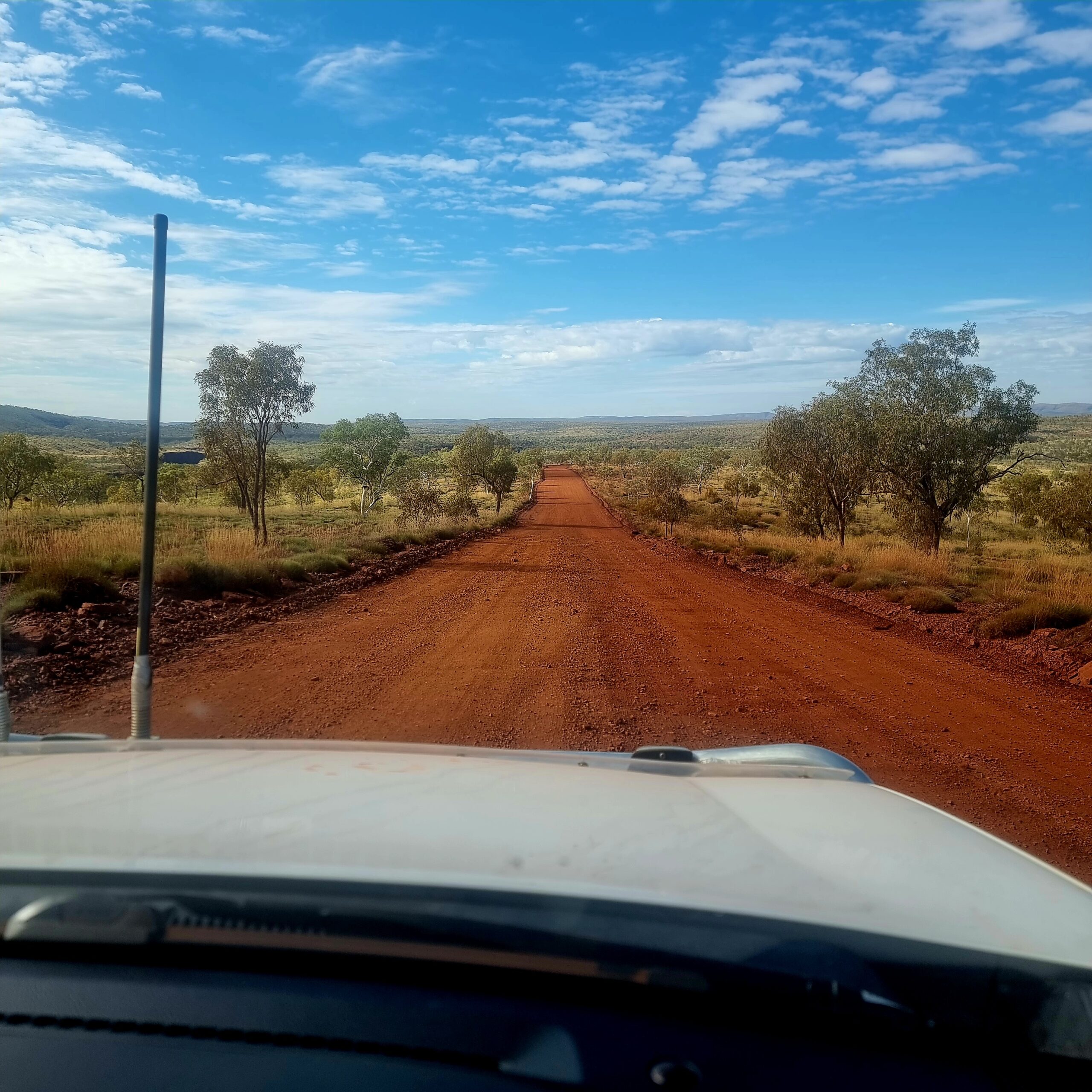
Outback Australia is a land of diverse wonders, from stunning sandy beaches to iconic red dirt roads and breathtaking gorges. Embarking on a road trip through this extraordinary country is the best way to experience its true essence. To help you make the most of your journey, here are my top 10 road trip basics for outback Australia, ensuring a smooth and unforgettable adventure.
1. Preparing for your Australian Road Trip
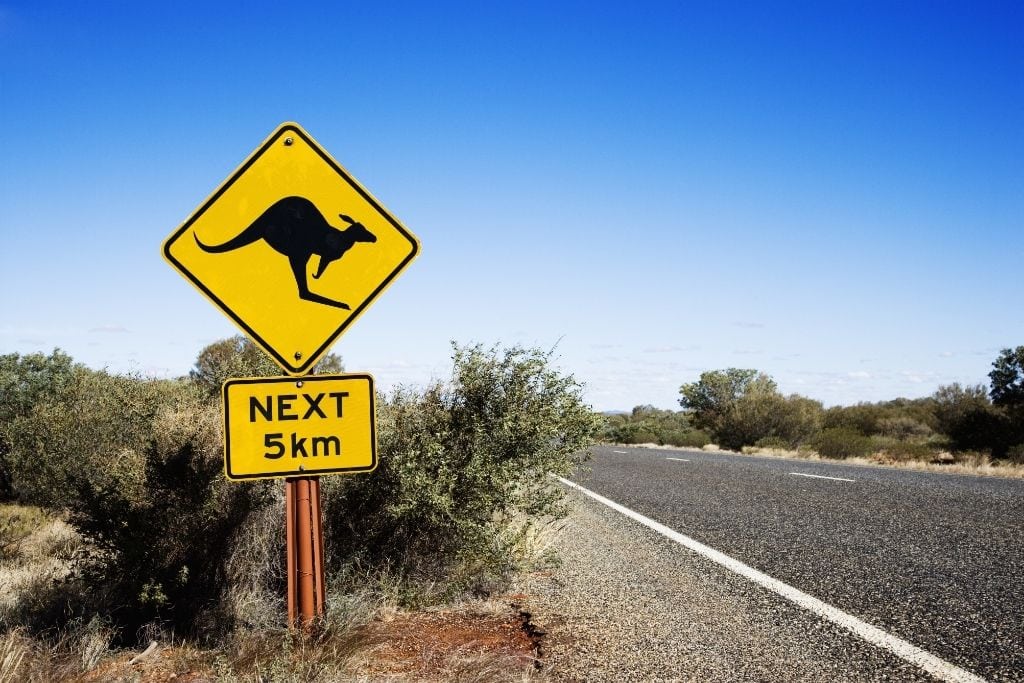
Your trusty vehicle is your lifeline on an epic Australian road trip, so ensuring it’s in top-notch condition is an absolute must before hitting the road. Regular car servicing is part of my road-tripping routine. Even if you’re not a car whiz, it’s crucial to grasp the basics. Know how to check your oil and fluid levels, check and clean your air filter, and check your tire pressures and your tires. I carry extras like coolant, brake fluid, and oil, just in case. I have other safety gear in my arsenal, including a compressor, tire pressure gauge, soft shackle, jumper leads, tow rope, shovel, tarps, blocks, duct tape, snake kit, first aid kit, and a tonne of different-sized cable ties. Start small and figure it out as you go along. Safety is non-negotiable.
2. Four-Wheel Drive Courses
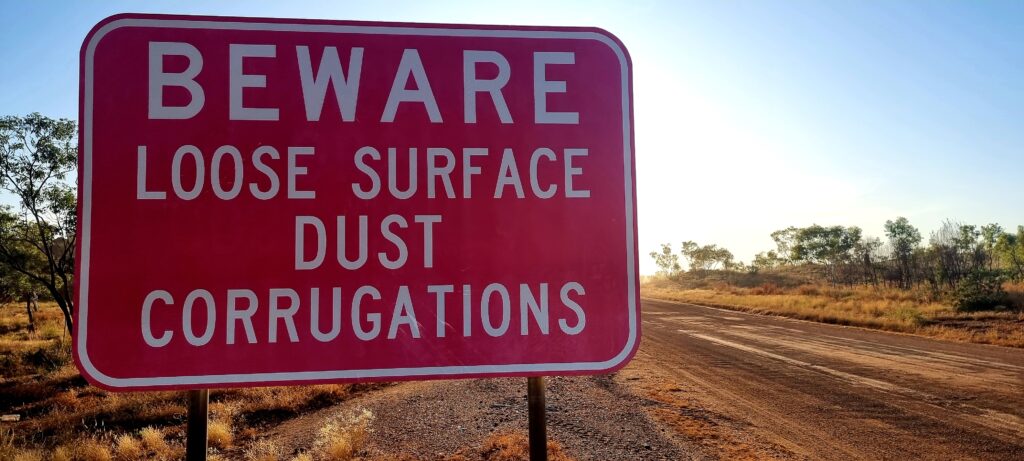
If you’re behind the wheel of a 4×4, and you are traveling around Outback Australia, you will most definitely come across this sign or a sign like it. Then you have to figure out what to do next. If you are unsure consider a four-wheel drive course an absolute necessity. It’s not just about having the right vehicle; it’s about harnessing its full potential while staying safe while you navigate remote Australia.
Low 4 Off Road in Mareeba offers several courses. I did a two-day course, and they even have Ladies-only Courses, which my friend Robyn raves about. You can spot her in the pink hat on their website. What a legend!
Mark Keogh Training in Newman is another fantastic option. It offers a great day of water crossings, emergency stops, and vehicle checks, among other cool stuff. Mark is an absolute gem.
Please note that I’m not affiliated with these courses; I highly recommend them. Check out accredited 4×4 trainers in your local area and prepare for a safe and unforgettable road trip. Remember, it’s all about keeping it real and staying safe out there.
3. Stay Alive on the Road
Speeding, distracted and fatigued driving are the biggest killers on Australian roads
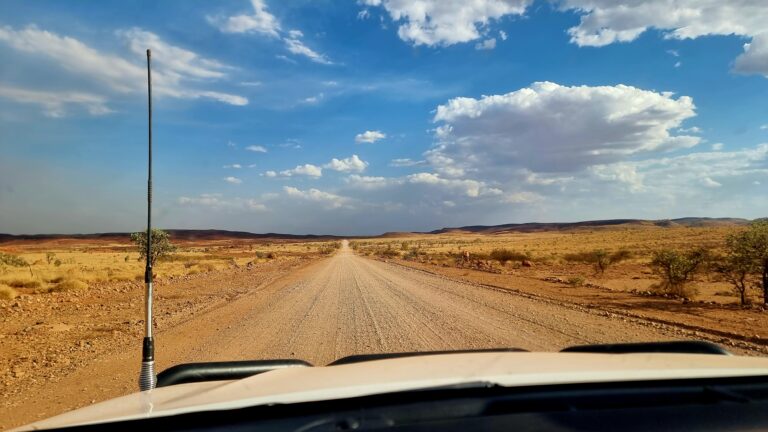
Embarking on an Outback Australia road trip promises breathtaking landscapes and unforgettable adventures. Still, it’s crucial to prioritize safety, especially when covering vast distances. The expansive highways and long stretches between destinations can be deceivingly tiring, leading to potential safety hazards. Fatigue-related accidents are sadly not uncommon, with numerous incidents reported due to tired drivers on the road. Additionally, speeding and distractions contribute significantly to the risk factor. Australia’s roads demand respect for speed limits, and avoiding distractions, such as mobile phones or other in-car diversions. To combat these risks incorporate strategies into your road-tripping arsenal:
Plan your itinerary flexibly, allowing for spontaneous breaks and detours when needed.
Get your playlist sorted, or download your favorite podcasts.
There are often a few hours between reception in the Outback, so get this sorted while you can. Recognize the signs of fatigue, such as drowsiness and decreased concentration, and make it a rule to stop and rest every two hours. Utilize designated rest areas where you can refresh and recharge.
Remember, the journey is just as important as the destination, and ensuring your safety by avoiding driving while tired, speeding, and other distractions is a non-negotiable part of the road-tripping experience in Australia.
4. Breakdown Safety
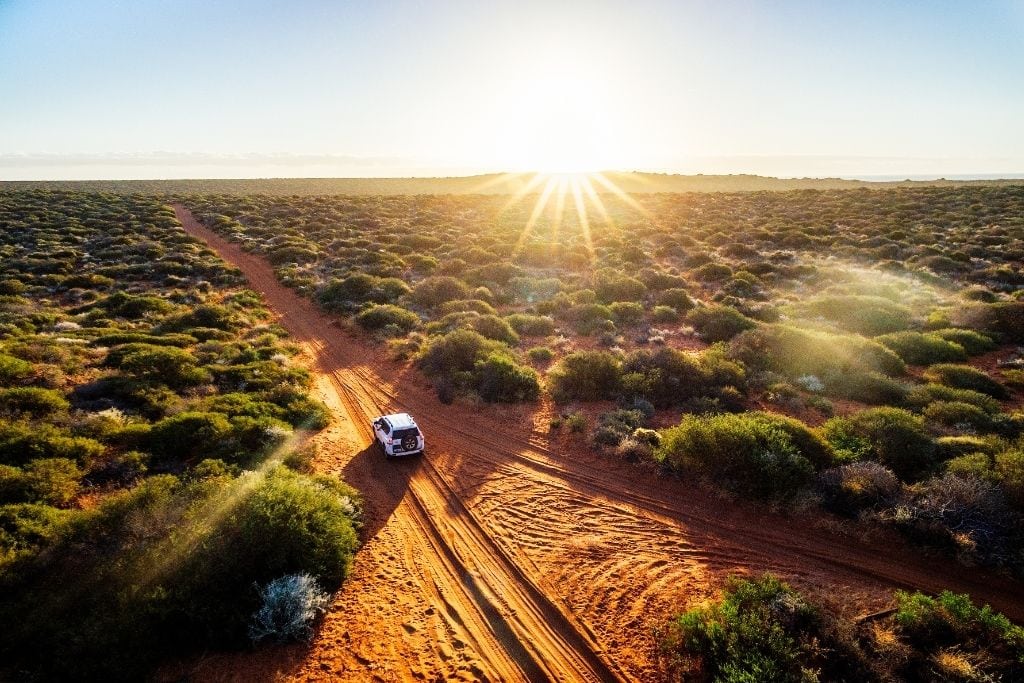
In the event of a breakdown while on the road, the golden rule is to stay with your vehicle – it’s an essential safety measure. Staying with your car is safer because when people come searching for you, a car is a more visible and accessible landmark to locate. Australia is HUGE. Finding people can be challenging, especially if people have no idea where you are.
If you break down in Remote Australia
STAY WITH YOUR CAR. STAY WITH YOUR CAR.
STAY WITH YOUR CAR. STAY WITH YOUR CAR.
Did I mention STAY WITH YOUR CAR.
If you have a GPS or Satellite phone (which you will!), use it to send a message informing someone of your situation. Remember that mobile reception may only be available sometimes, so thorough preparation is critical. You’ve already shared your plans and whereabouts with trusted individuals—that’s smart.
When you pull over to the side of the road, ensure your vehicle is visible to passing traffic.
In such situations, it’s essential to remain calm. Panic doesn’t serve you well in the middle of nowhere. The key is to be prepared for these scenarios and take the necessary precautions to ensure your safety.
If you break down in between towns, remember that you can call for Roadside Assistance if you have a satellite phone. What I have done in the past is text my trusted friends on my GPS to help sort me out. I text on my Garmin Inreach Mini when I am out of range.
Roadside Assistance
I’m a member of RACQ, and I’ve used their services while traveling the country, though my need for their help has been primarily in QLD, WA, and NT. These have been for electrical problems with a dual-cycle battery. Every state has an equivalent roadside assistance nationwide. It depends on where you live or where you land. Some rental companies will also have roadside assistance, so check your policies.
5. Fuel
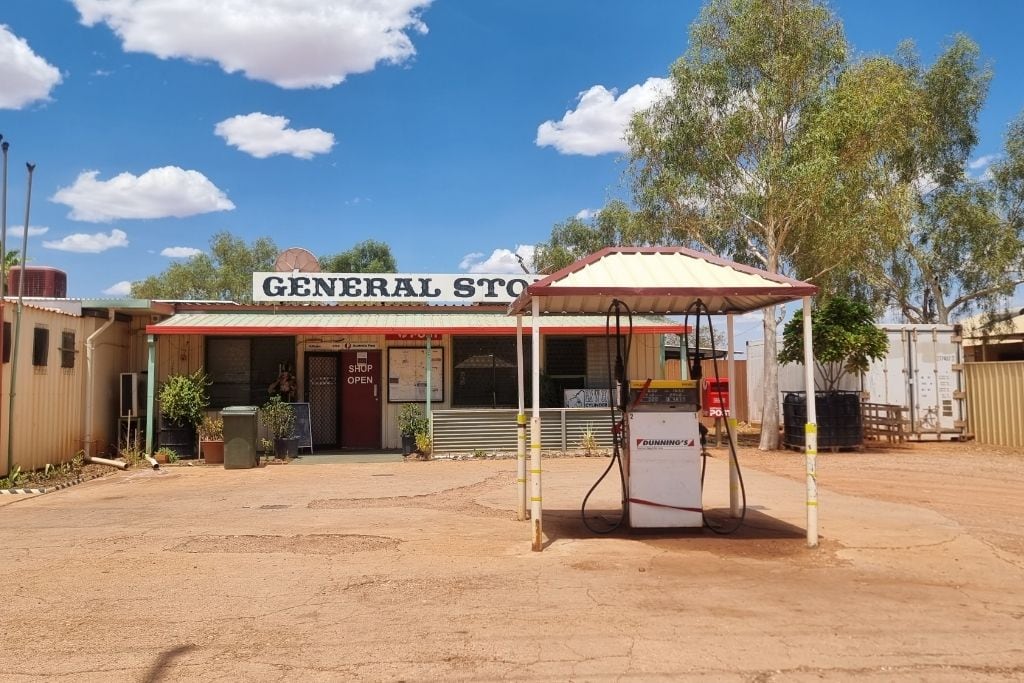
Here’s deceptively simple yet often overlooked advice: Know the fuel your vehicle requires. This is a vital tip, especially for passengers. While drivers typically know the fuel they use, passengers may need to be schooled. An innocent mistake of putting petrol in a diesel tank could spell the end of your road trip or lead to an expensive repair.
Understanding your tank’s capacity before hitting the road is equally important. Refueling opportunities, particularly in remote regions, can be limited in a vast country like Australia. It’s all about planning.
During my trip in 2023 along the Gibb River Road in Western Australia (July 2023), unexpected heavy rainfall made the Barrett and Durack rivers run high, causing fuel truck challenges. At one point, a roadhouse even ran out of fuel.
Remember that the road less traveled often leads to remarkable experiences in such situations. I advise pausing, savoring the moment, and taking a well-deserved break. These moments provide opportunities to connect with fellow travelers and discover incredible stories. I’ve met many fascinating individuals this way. All you can do is relax and wait for the fuel to arrive.
Additionally, be aware that some stops may offer only petrol. In contrast, others may have only diesel, or occasionally, they may be out of both. While carrying extra fuel is an option, strategic trip planning can often render it unnecessary. The bigger service stations and roadhouses usually have a steady fuel supply. Your road trip will be smoother and more enjoyable with this vital knowledge in your toolkit.
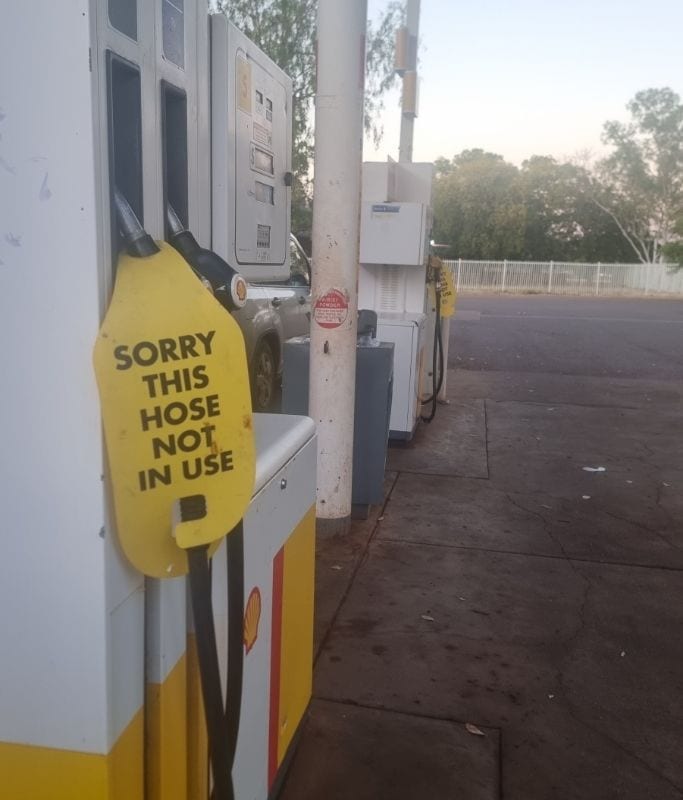
6. Tell Someone Where You Are!
Whether you’re a weekend wanderer or a full-time explorer, a well-thought-out plan is your trusted companion. Letting someone know your intentions is not just a courtesy; it’s a safety measure that ensures authorities know your whereabouts in case things don’t go as planned.
Before embarking on your road trip, planning is crucial. Even if you’re the type of traveler who thrives on spontaneity, like me, having an itinerary is still essential. It advises people on your intentions even if it is an overnight trip.
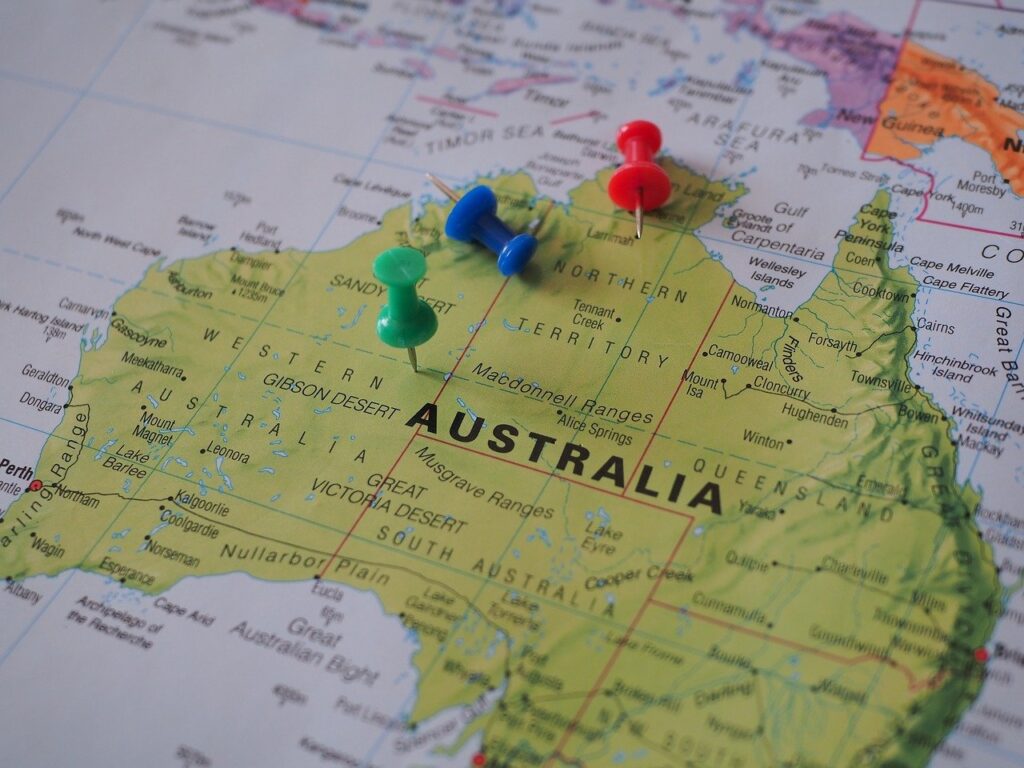
It’s worth noting that while some travelers have the luxury of an open-ended time frame, others may be on tight schedules. Whether you are a weekend tripper or embarking on a two-year expedition, planning remains an essential part of the journey. Australia’s diverse offerings have something to offer every traveler, and a well-thought-out plan ensures you don’t miss out on what matters most to you and you stay safe.
I begin my trip planning by categorizing the places and experiences I absolutely must see. These are the driving force behind my road trip. For instance, I might want to attend the Boulia Camel Races in Outback Queensland.
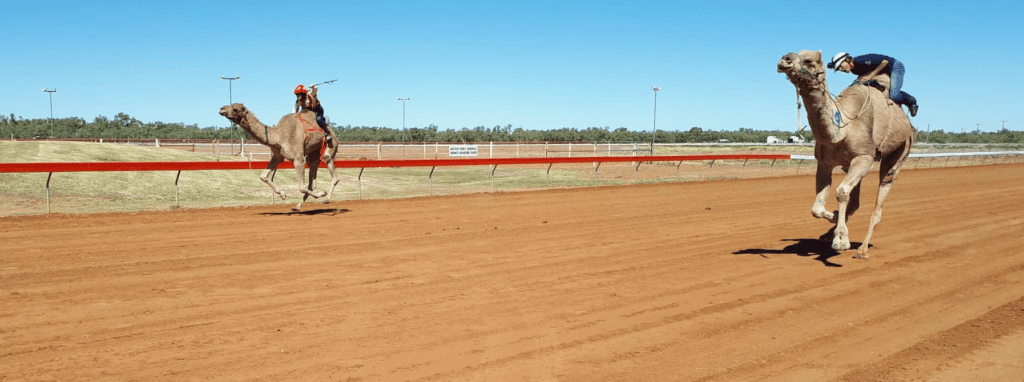
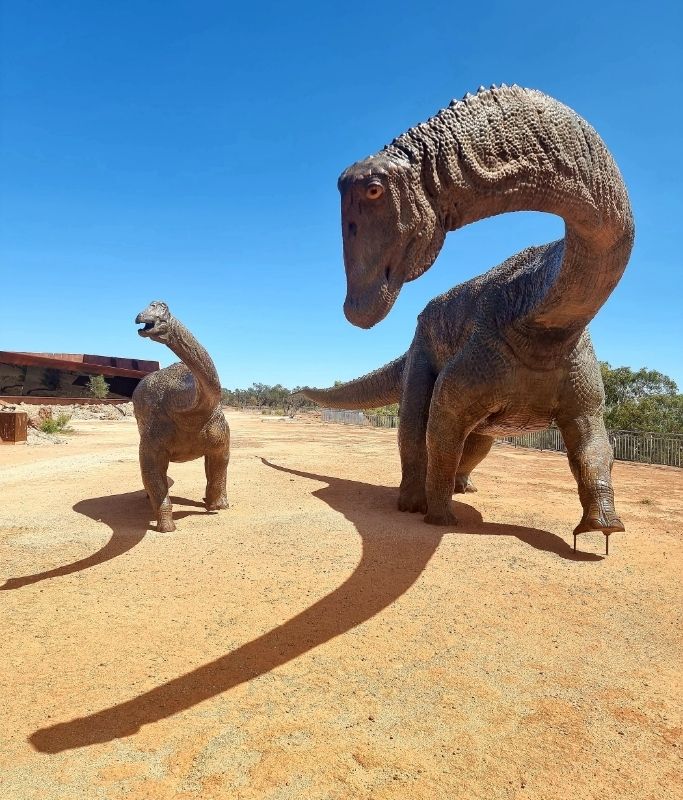
Next up might include a detour to soak in the history at the Stockman’s Museum in Longreach and The Age of Dinosaurs experience that’s in between Longreach and Winton. These destinations form the core of my journey, the experiences that make it truly special.
Next in line, I have a category for places I’d love to explore if time allows. These are the additional highlights that add depth to the adventure.
Just let someone know your whereabouts as Australia is a huge place.
7. GPS Tracking Devices
When navigating the Australian Outback, I trust my Garmin inReach Mini, and here’s why. This compact device offers two-way global texting, interactive SOS alerts (fortunately, I’ve never had to use them), location sharing with friends, and a user-friendly interface. I even use it for my runs, ensuring I stay connected and safe in remote areas.
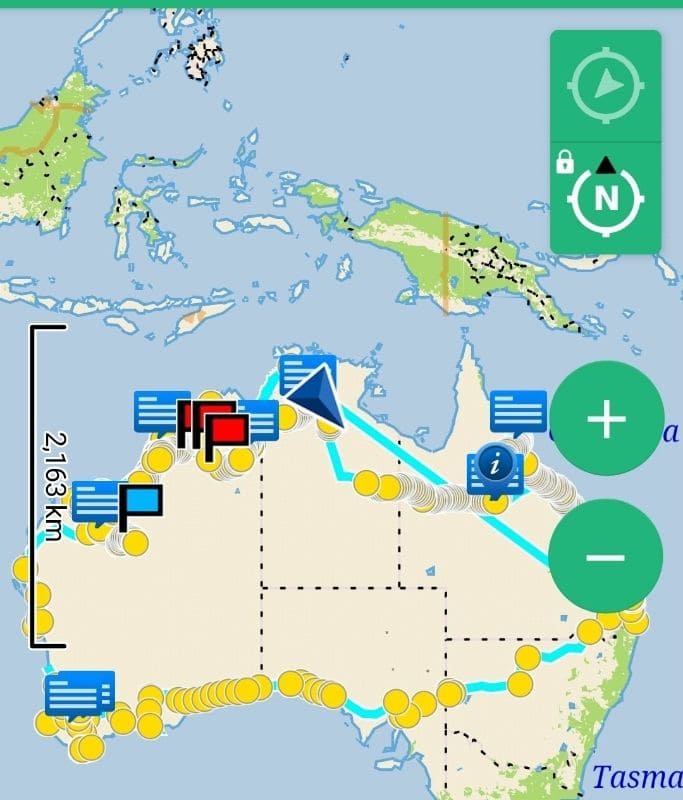
However, regardless of your chosen device, remember to keep them charged and have the right plan before setting out. I typically opt for the Recreation plan at AUD 40/month. Still, when I venture into more remote spaces like the Tanami Road, Gibb River Road, or National Parks for hiking and running, I upgrade to the Expedition plan at AUD 75/month.
I’m also researching satellite phones to enhance my safety measures, and personal locator beacons (PLBs) should also be essential. These can be expensive but well worth it if you are serious about safety.
Two trusted friends serve as my emergency contacts, and this connection is my lifeline. The key is selecting these individuals wisely. We maintain a regular check-in schedule, and they know my planned destinations or any changes in my itinerary. Safety always comes first. I contact them through my Garmin day and night.
Research is essential in the world of GPS and safety devices to determine what best suits your needs. Keep in mind that the effectiveness of any device relies on proper operation and ensuring it’s adequately charged. Whether you’re an experienced road-tripper or a beginner, these road-tripping essentials are crucial for a safe and enjoyable adventure in the Australian Outback.
I also always back up with a map…a paper map.
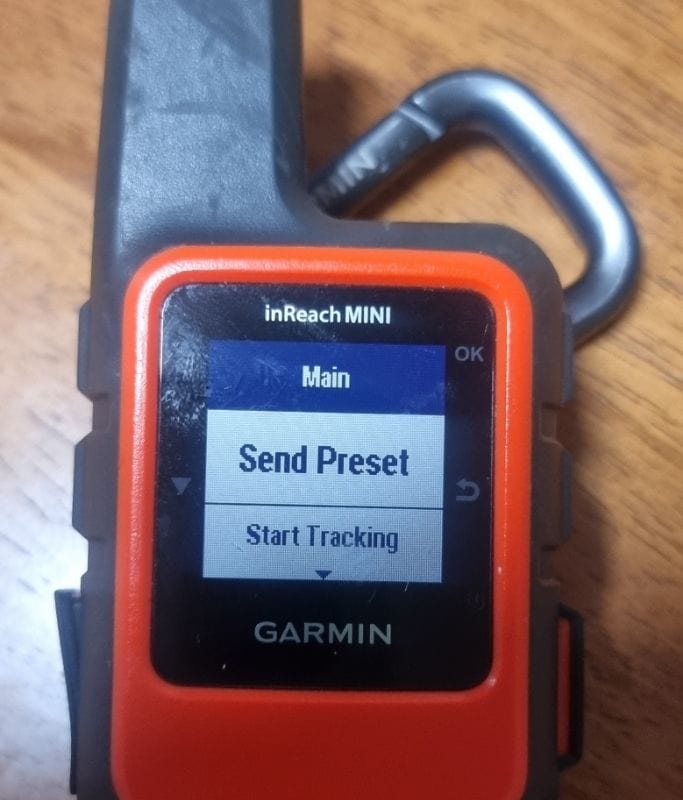
8. Cellular Coverage in Remote Areas
Roadhouses often have cellular reception, but only sometimes. In some parts of the country, Optus is the most predominant cellular network provider. In other areas, it is Telstra. It seems random. The Gibb River Road has a lot of Optus towers, and only a few places you can get Telstra is, on the odd occasion, there is a reception. In QLD and the Northern Territory, it was mainly Telstra when I was there in 2022.
Do your homework. When out of range, I can still use my Garmin InReach mini to keep in touch and text people I have arrived.
Key messages:
Telstra and Optus are the biggest remote providers in Australia in remote areas.
9. Australian Wildlife Encounters

In Australia, wildlife often takes to the roads, particularly in the early morning and dusk. However, it’s crucial to remain vigilant at all times. Read my
5 Top Tips for Navigating the Unique Australian Wild Life and Navigating Deadly Snakes Safely when Traveling in Australia for a more comprehensive insight into Wild life encounters.
Wildlife can include kangaroos, emus, goats, koalas, quokkas, cassowaries, camels, cattle, snakes + many others. Always be aware and prioritize safety.
The road signs are your allies in this regard; they serve as vital alerts. Plan your journey with these factors in mind.
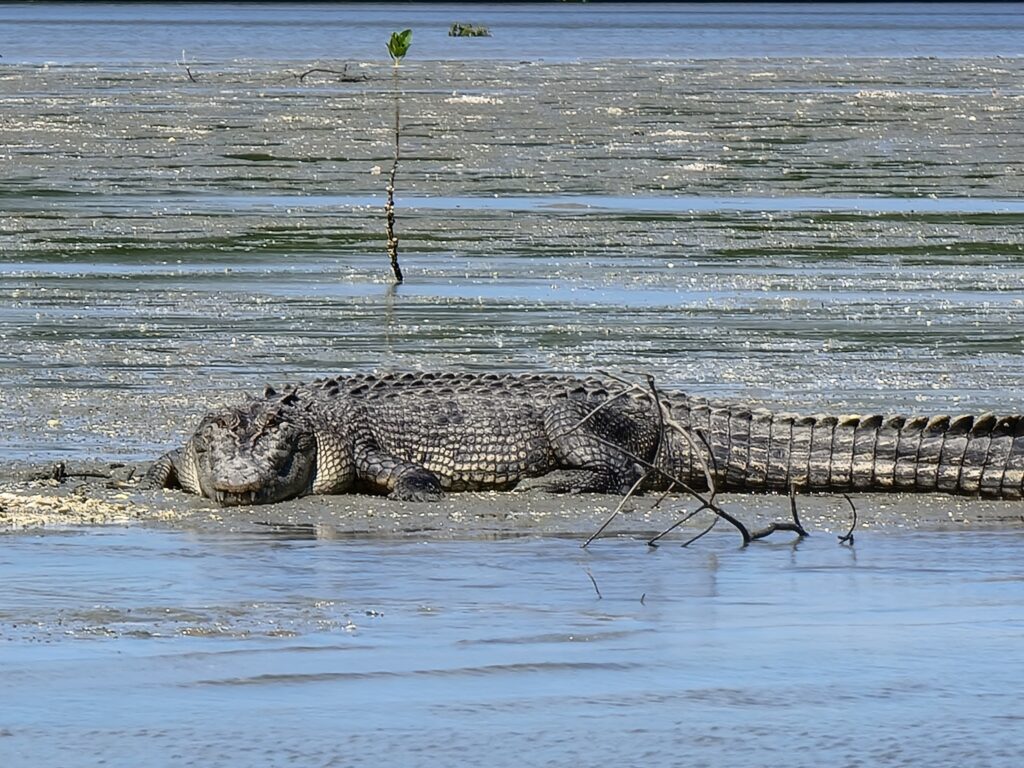
While the local wildlife may look cute, remember they are wild animals. Avoid stopping to take selfies with them. Cute does not make them any less wild. Be smart and keep your distance.
Marine creatures like box jellyfish and Irukandji are common in tropical regions, especially between October and April. Always wear stinger suits to stay safe while swimming in the sea during these periods.
Furthermore, crocodiles inhabit waterways and swamps, often far from the sea, particularly in Western Australia, the Northern Territory, and Queensland. These reptiles are most active at night, with their breeding season occurring between September and April.
When in doubt, seek advice from the locals or visit the visitors’ center.
Hot Tips
Carry a snake bandage kit (or two) when you travel.
Have a well-stocked first-aid kit.
Please pay close attention to road and beach signs; they are there to keep you safe.
In tropical areas, some beaches have stations for jellyfish stings; always seek medical advice if stung. The emergency number in Australia is 000.
Feel free to visit the visitors’ center or ask the locals for guidance.
One of my most challenging journeys was the road trip to the iconic Mitchell Falls. The journey was a blend of dusty roads and river crossings, all wrapped in the remote charm of the Kimberleys. The road to this natural wonder tested both my vehicle and my resilience. Yet, every corrugation, washout, and unexpected dip in the road reminded me that the most rewarding destinations often require a bit of grit and determination.
10. Food, Sun and Environment
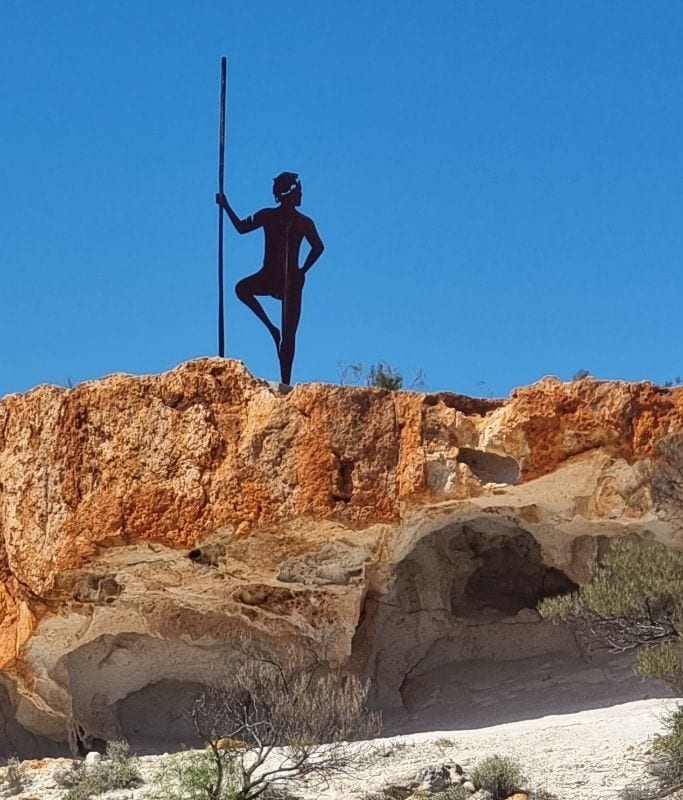
Traveling in Australia means respecting the environment. Being sun-smart and mosquito-smart to avoid discomfort and health issues. Always follow the principle of “Take only photos, leave only footprints.” This means refraining from taking coral, shells, or any natural elements with you.
I take at least 40 liters of drinking water when I travel alone. However, each person should take a minimum of 20 liters.
Take food for at least two days.
Take sunblock SPF 30+ and reapply every 2 hours.
If it’s hot and you think you’re drinking too much water, take a little salt or tablet to prevent hypernatremia. I use hydrolytes to replace electrolytes.
Here are some additional essentials to consider for your travels:
Always carry a map.
Have a whistle on hand.
Make sure you have your GPS.
In the tropics, remember to use insect repellent. Mosquito bites can cause serious illness.
It’s generally cold at night in winter, so pack a sweater.
The Verdict

Australia is a land of wonder and adventure, but exploring it like a pro, careful planning, and knowing where you are going is essential for any successful road trip.
With proper preparation and an understanding of Australia’s diverse landscapes and challenges, you can embark on a journey of a lifetime. Embrace this incredible continent’s natural beauty, unique wildlife, and rich culture. Let it leave an indelible mark on your heart.
Ensuring your safety on the road is paramount, and these practical tips can go a long way in making your journeys secure and enjoyable.
Remember to subscribe to my newsletter so you can keep up to date on my new posts 🙂
Travel well!
